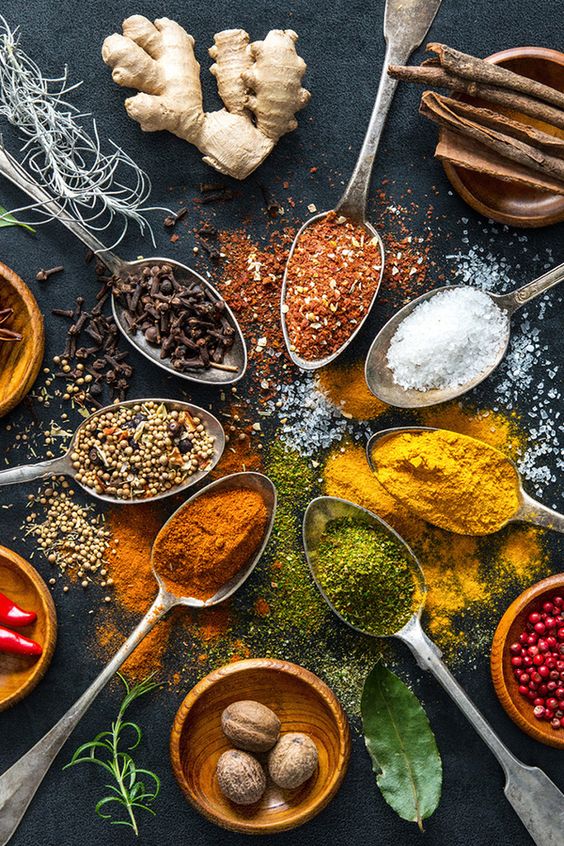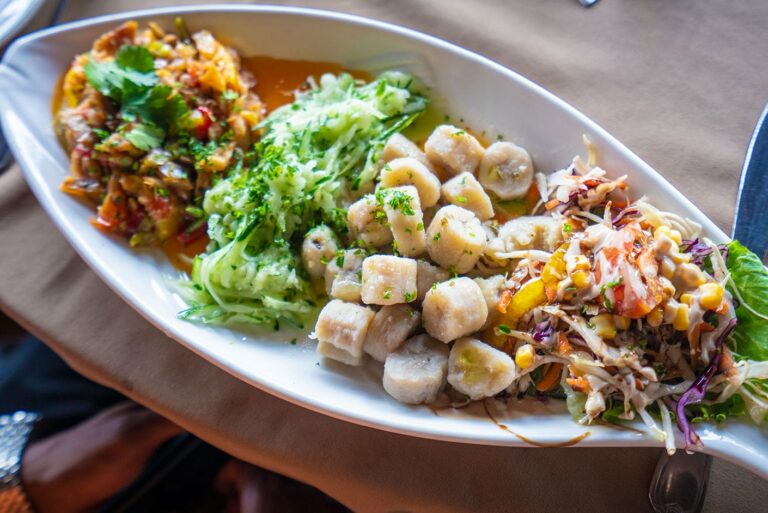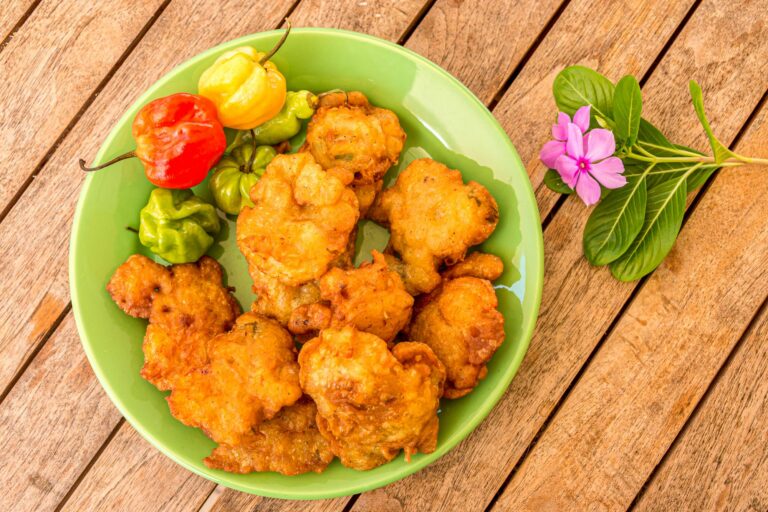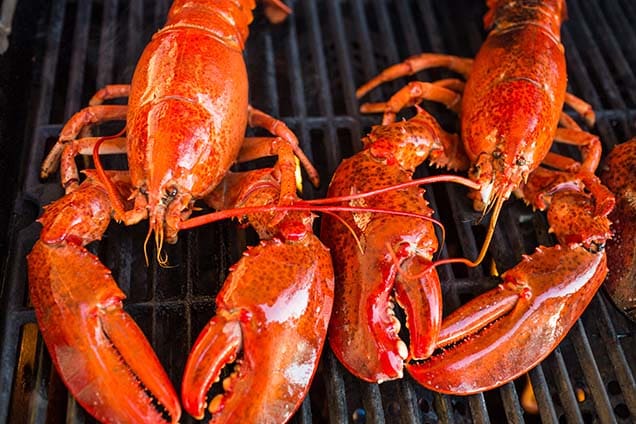Introduction: Saint Lucian cuisine
Saint Lucian cuisine is a fusion of African, European, and Caribbean influences, resulting in a unique and delicious culinary experience. The cuisine is characterized by the use of fresh and locally sourced ingredients, including seafood, tropical fruits, and root vegetables. In addition to traditional cooking techniques such as grilling and steaming, Saint Lucian cuisine incorporates a range of unique cooking techniques that enhance the flavor and texture of the food.
Grilling: Charcoal and wood fire
Grilling is a popular cooking technique in Saint Lucian cuisine, and it is often done over charcoal or wood fire. This method of cooking imparts a smoky flavor to the food and gives it a crispy texture. Grilled seafood, such as lobster or shrimp, is a popular dish in Saint Lucian cuisine, as well as grilled meats like chicken and pork.
Smoking: The art of enhancing flavor
Smoking is another unique cooking technique used in Saint Lucian cuisine. This method involves exposing the food to smoke from burning wood or other materials, which enhances the flavor and preserves the food. Smoked fish, such as smoked marlin or tuna, is a popular dish in Saint Lucian cuisine. The smoking process gives the fish a rich, smoky flavor that is irresistible.
Spices: The use of local herbs and spices
Saint Lucian cuisine is known for its use of local herbs and spices, which add depth and complexity to the dishes. Some of the most commonly used herbs and spices in Saint Lucian cuisine include thyme, parsley, garlic, onion, and ginger. These ingredients are often combined with other spices such as nutmeg, allspice, and pepper to create flavorful marinades and seasonings.
Steaming: A healthy way of cooking
Steaming is a healthy cooking technique that is often used in Saint Lucian cuisine. This method involves cooking food with steam instead of oil or butter, which reduces the calorie content and preserves the nutrients in the food. Steamed vegetables, such as okra and callaloo, are popular dishes in Saint Lucian cuisine, as well as steamed fish and shellfish.
Banana leaf cooking: Tradition meets innovation
Banana leaf cooking is a unique cooking technique that is widely used in Saint Lucian cuisine. This method involves wrapping food in banana leaves before cooking, which imparts a distinct flavor to the food and keeps it moist and tender. Some popular dishes that are cooked using banana leaves include fish, chicken, and pork. This traditional cooking technique has been adapted in modern times to include new ingredients and cooking methods, resulting in a fusion of tradition and innovation.










